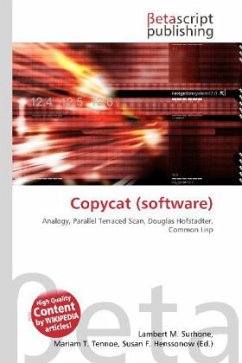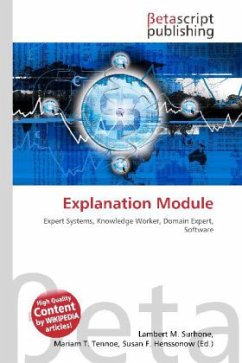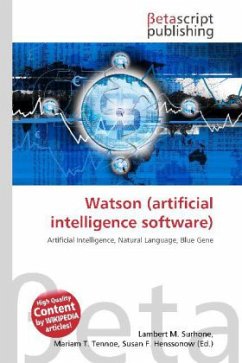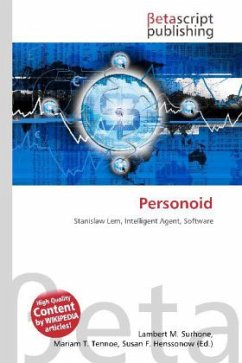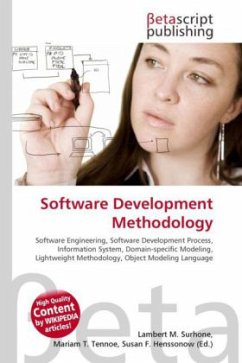Please note that the content of this book primarily consists of articles available from Wikipedia or other free sources online. Copycat is a model of analogy making and human cognition based on the concept of the parallel terraced scan, developed by Douglas Hofstadter, Melanie Mitchell, and others at the at Center for Research on Concepts and Cognition, Indiana University Bloomington. The original Copycat was written in Common Lisp and is bitrotten (as it relies on now-outdated graphics libraries); however, a Java port exists.Copycat produces answers to such problems as "abc is to abd as xyz is to what?" (abc:abd :: xyz:?). Hofstadter and Mitchell consider analogy making as the core of high-level cognition, or high-level perception, as Hofstadter calls it, basic to recognition and categorization. High-level perception emerges from the spreading activity of many independent processes, called codelets, running in parallel, competing or cooperating. They create and destroy temporaryperceptual constructs, probabilistically trying out variations to eventually produce an answer.
